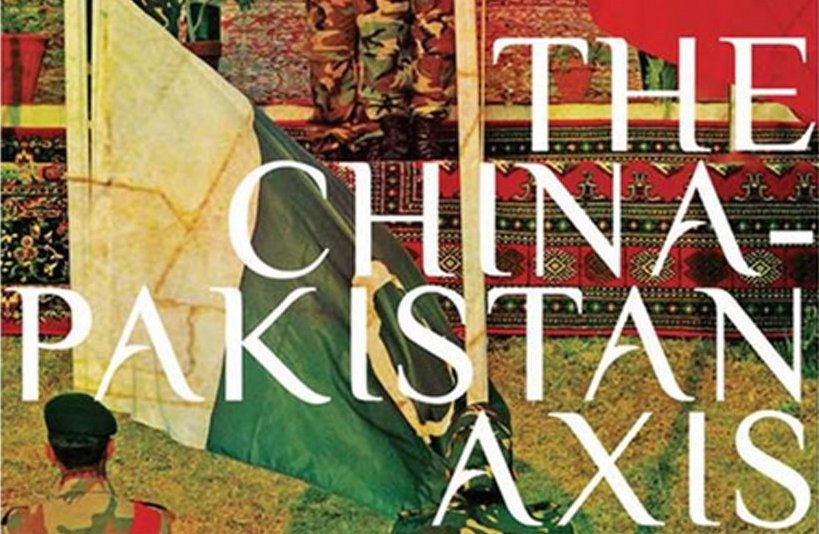The China-Pakistan Axis: Asia's New Geopolitics

The relevance of an Islamic Republic to an atheist China has been explained in multiple ways: Pakistan’s brokerage of China’s peace with the United States; being at the ‘front-line’ in Beijing’s struggles against the former Soviet Union; at the heart of China’s expansionist policies through ports, pipelines and railroads; and finally, being at the centre of the global jihadi networks, which make Pakistan an unusual asset to China. Not for nothing has China agreed to give Pakistan the ‘ultimate gift’ of critical materials and know-how for building its nuclear deterrent against its arch-rival India, negotiations for which had begun, says the author, “barely a year after China’s own first test.”
This date for the inception of Pakistan’s nuclear program, and China’s role in it, marks a distinct contribution of this book to the extant literature, where estimates have varied from Pakistani Prime Minister Zulfikar Ali Bhutto’s 1972 Multan meeting with 300 scientists, to India’s May 1974 nuclear test and to the June 1976 China-Pakistan agreement mentioned in Bhutto’s autobiography If I Am Assassinated. Starting from the 1982 C130 Hercules flight from Urumqi to Islamabad transporting 10 kilograms of highly enriched uranium among other things, the author provides a whole range of ground-breaking details on China’s supplies, in addition to the well-known 1994 transfer of 5,000 ring-magnets and M9/M11 missiles. Also, he digs out several instances to underline not just American acquiescence but encouragement in this courtship. This explains China’s audacity to defy international norms, even censorship and sanctions, to sustain this axis, with the controversial ‘grandfathering’ of two 1000 MWe nuclear reactors at Kahuta being its latest offspring.
But China-Pakistan relations have also had their ups and downs. China’s improving ties with India have eroded their original raison d’être for cultivating good relations with Pakistan. China has also had its own share of disappointments: from failing to implement its high-profile infrastructure projects to being unable to convince Pakistan to eliminate sanctuaries for Uighur dissidents. Pakistan has had its own set of grievances of being repeatedly rebuffed for its misadventures against India. The author shows how the symbol of their enduring friendship, the Karakoram highway, that took 27 years to build, is lying unused since a part of it submerged into a lake in 2006. Gwadar has come to be another white elephant and cause of repeated frictions.
Nevertheless, the book shows how Pakistan remains critical for China’s domestic and global challenges. While its nemesis, the United States, has dozens of military alliances and hundreds of overseas military installations, China has a limited number of ‘friends’ in the international system, which makes Pakistan unique. Also, in view of China’s expanding economy providing it both the will and wherewithal to invest in military power to protect economic assets, its newfound ambitions make the author believe that the China-Pakistan axis is all set to “step out of the shadows” sooner than later. This is a book worth reading and possessing.
Andrew Small, The China-Pakistan Axis: Asia’s New Geopolitics, Hurst & Company, 2015
Reviewed by Swaran Singh, Professor of International Relations at Jawaharlal Nehru University, New Delhi. This article can be republished with attribution under a Creative Commons Licence





